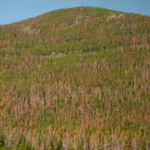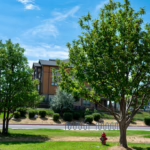Keeping Your Pines Healthy: Growth Regulators and Insect and Disease Solutions
In our last blog, we uncovered the mystery behind those fading pine needles— whether it’s drought stress or the sneaky mountain pine beetle at work…
Noticed your pine needles turning yellow or brown just at the tips, with no other changes on the trunk? That’s often drought stress. But if you spot popcorn-like pitch tubes or fine sawdust at the base, peel back the bark— winding tunnels or blue-gray staining means mountain pine beetle, not just dry weather. Early detection is critical: beetle infestations can spread quickly when drought has already weakened your trees.
Read about keeping your pines healthy through it all— covering growth regulators and responsible insect and disease solutions.
DIY Solutions for Common Pine Insects and Diseases
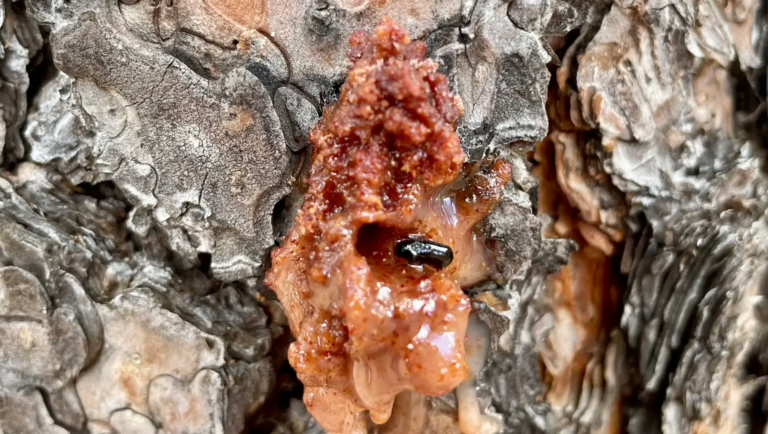
Colorado pines face needle cast, aphids, and scale insects. Here’s how to tackle the usual suspects:
Prune Wisely: Remove dead or diseased branches with clean, sharp tools. Always disinfect your tools between cuts using isopropyl alcohol, bleach, Lysol, or a similar disinfectant.
Sanitation: Clear away fallen needles and cones, which can harbor insects and diseases.
Homemade Sprays: A gentle mix of water and mild soap can help with aphids and mites. Spray early in the morning and avoid the heat of the day.
Mulch: A 2–4 inch layer of mulch around the tree, leaving space between the mulch and the trunk to prevent rot, helps retain moisture and keeps roots cool.
Safe and Effective Ways to Handle Bugs
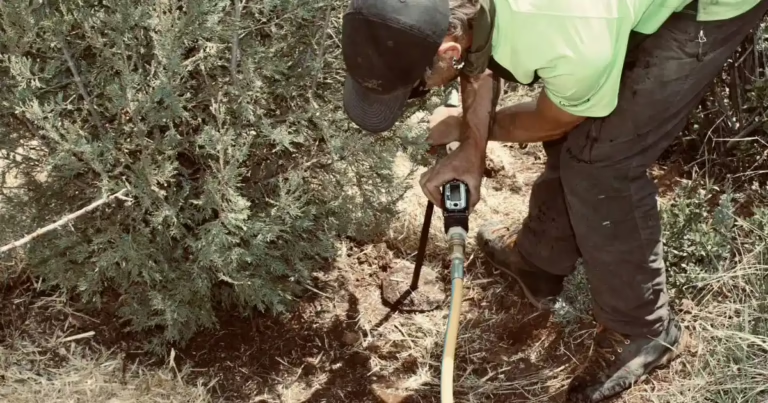
Not all bugs are bad, but when harmful bugs turn up, here are some options:
Cultural Controls
Healthy Habits: Water and fertilize properly, avoid wounding trunks, and don’t pile mulch against the bark. Consider non-chemical alternatives to fertilizer, such as Oath Soil Life, which injects beneficial microbes into your soil to boost water flow and root health
Mechanical Controls
Manual Removal: For small infestations, pick off insects or prune out affected branches.
Barriers & Traps: Sticky bands can catch crawling insects.
Biological Controls
Chemical Controls
Spot Treatments: Use insecticidal soap or horticultural oil for minor outbreaks. Always follow label instructions and avoid spraying during high winds or heat.
Plant Growth Regulators: Drought and Moisture Control
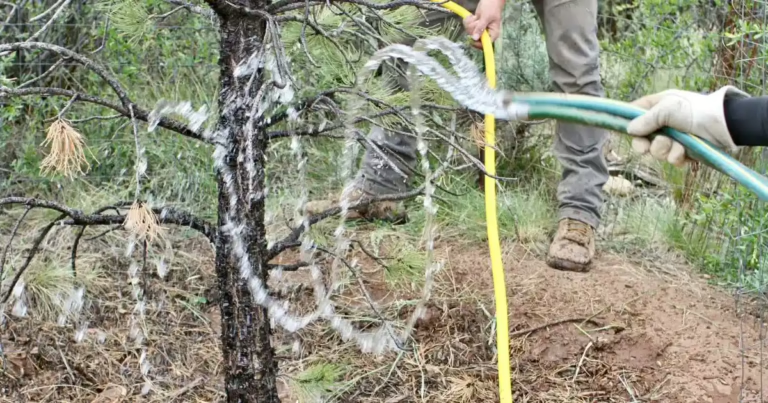
Pro tip: plant growth regulators (PGRs) can help your pines cope with drought. These products slow growth, so trees use less water and energy— kind of like putting them on “eco mode.”
When to Use: If you’re facing a long dry spell or your tree is showing early drought stress.
How to Apply: Soil drenches or trunk injections are common methods, but always follow product directions.
DIY or Pro? Some PGRs are available for homeowners, but for best results (and to avoid harming your tree), consult an ISA-Certified Arborist.
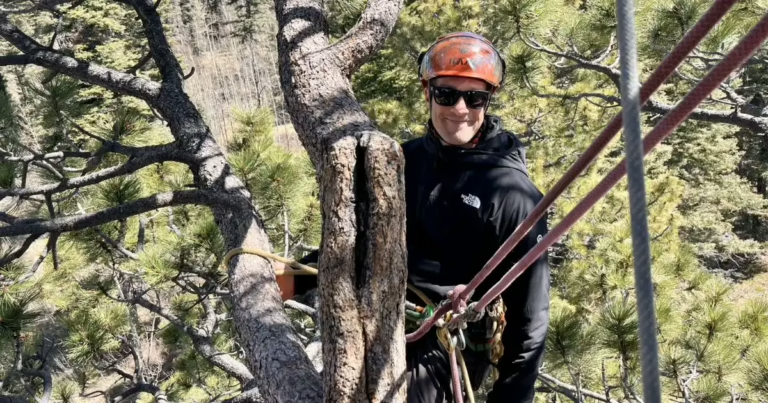
Sometimes, even the best DIY efforts aren’t enough. Check out when it’s time to call in the experts:
Unusual Symptoms: Blue-stained wood, pitch tubes, or extensive dieback.
Severe Infestations: If insects or diseases are spreading fast.
Big Jobs: Large trees, tricky pruning, or PGRs.
If You’re Unsure: Don’t risk your tree’s health—get a professional opinion!
At Momentum Tree Experts, we’re here to help with everything from pine beetle management to drought solutions and advanced treatments like pine injections.
Your Pine Maintenance Checklist
✔ Spring: Inspect for winter damage, prune dead wood, refresh mulch, schedule preventative insect and disease treatments with an ISA-Certified Arborist.
✔ Summer: Water deeply, monitor for insects, look for signs of drought or beetles.
✔ Fall: Remove fallen needles/cones, apply PGRs if needed, prep for winter.
✔ Winter: Minimal watering during dry spells, check for snow/ice damage.
Bottom line: Proactive care strengthens your pines’ resilience. Have questions or want to book a consultation? Request a tree health inspection with Momentum Tree Experts.


